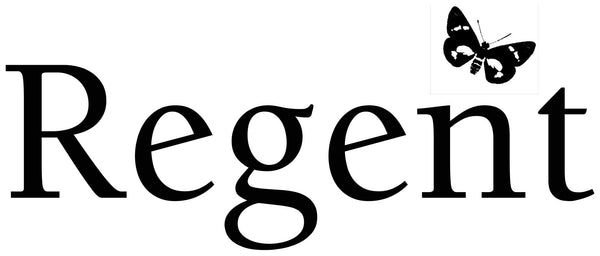The Duke of Windsor is remembered for two things, his eleven month reign as Edward VIII between January and December 1936 and his sartorial flair. At the time of his death in 1972, he owned 15 evening suits, 55 lounge suits, 3 formal suits and over 100 pairs of shoes. Credited with the introduction of a more relaxed and less structured approach to dressing, the Duke combined rich textures and colour with confidence and creativity. In particular, he was said to have popularised the double-breasted suit, the wearing of belts instead of braces and suede shoes. The Windsor Knot is a common misattribution; the Duke favoured four-in-hand knots, although the heavy fabric of his ties produced a bulkier knot than normal, leading to the mistaken belief that he had innovated. The 'Prince of Wales check' is also a misnomer. The cloth had actually been around since the 1840s; the Duke's grandfather Edward VII, another royal trendsetter, had worn it. It is also to him that the popularity of the smoking jacket is properly owed.
The Duke of Windsor was nonplussed about his sartorial fame, which a new form of reporters - photojournalists - did much to establish as he represented Britain and her empire on his overseas travels. Edward believed that he had been 'produced as a leader of fashion.' He observed, 'I am credited with having influenced many styles in my time. It was quite unconscious, I have always tried to dress to my own individual taste.' Individual though it was, but many men since have tried to ape his creative and colourful attire; it has become more popular in light if the recent interest in vintage vogues. A few basics capture the essence of his 'look':
Texture: The Duke liked tweeds, but even in the absence of this relatively expensive fabric, he usually tried to achieve a contrast between his jacket and trousers. Jumpers - Fair Isle sweaters - also provided interesting texture and contrasts.
Colour: Suits were often dark, but colour (and personality) was introduced through the tie, pocket square and socks. Edward was not averse to breaking the 'no brown in town' rule, especially with his footwear - a navy suit and brown leather shoes are a wonderful combination.
Silhouette: A tight, even stretched, silhouette is presently popular, perhaps chiefly due to the British model David Gandy, but Edward preferred unstructured, and often unlined, jackets that had a more relaxed appearance.
Comfort: Most importantly, the Duke of Windsor looked good because he dressed in style that was comfortable to him. He eschewed societal conventions about dress, but adhered to sartorial rules, to enhance the enjoyment he derived from his clothes. One example of this, which is fundamental to anyone who wants to dress well, is that he understood the size and shape of his body and chose items accordingly.
Consider these pointers and you, too, could look every bit as good as a king without the need to have such an extensive wardrobe.
